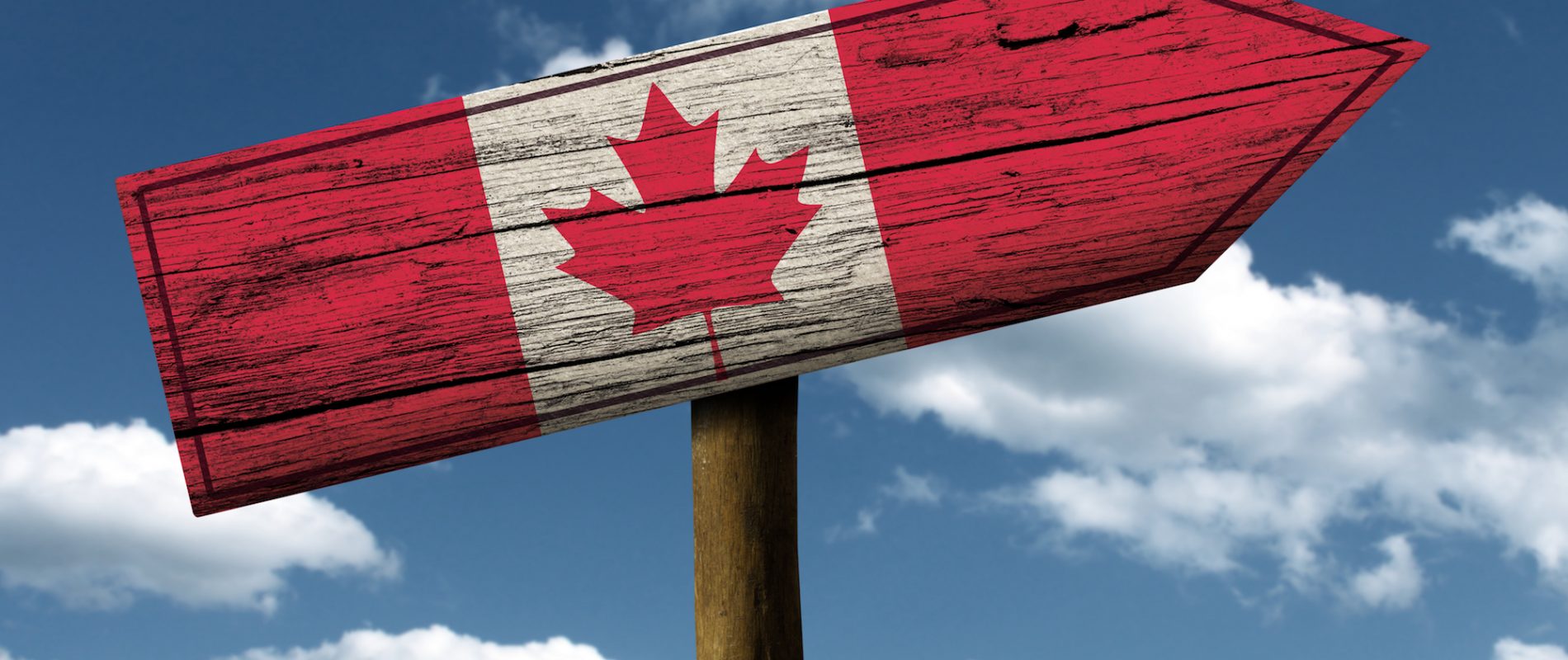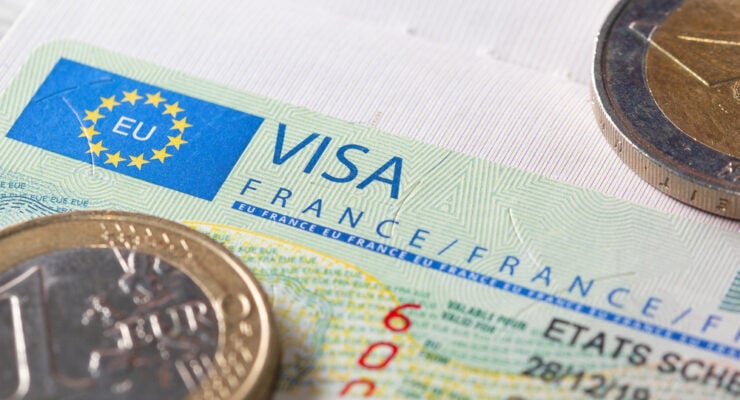- We cover the information you need to discuss in the guide Notifying your bank of your trip.
- You can start looking at the bank account you want to open in Canada and begin the process from abroad.
- See our guide Opening a bank account in Canada for how to start from abroad.
- In partnership with Pvtistes.net, the National Bank of Canada offers newcomers to Canada up to 3 years with no fixed monthly fees and a $100 welcome bonus. Show more

















0 comments
{{like.username}}
Loading...
Load more